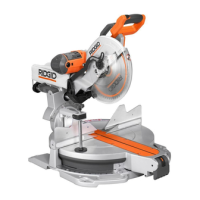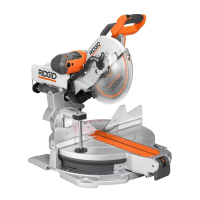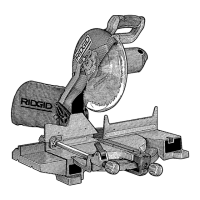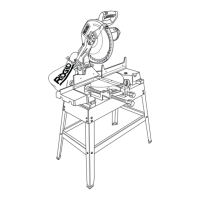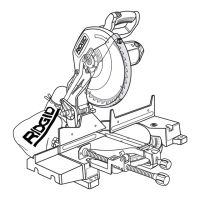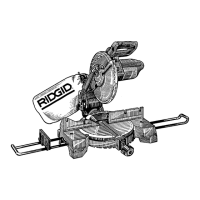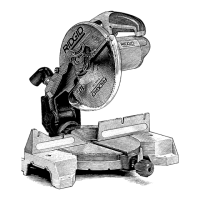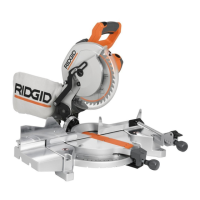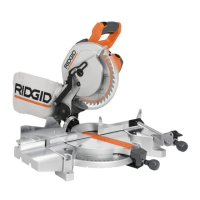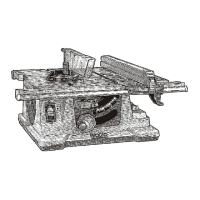What to do if my RIDGID Saw motor does not start?
- SSandra KimSep 12, 2025
If the RIDGID Saw motor isn't starting, first check the fuse or circuit breaker. If that's not the issue, the brushes may be worn and should be inspected according to the “Maintenance” section. For any other issues, get authorized service.
